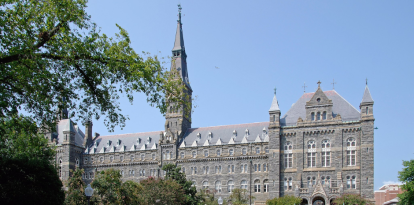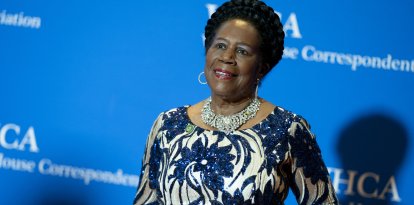QUEEN ELIZABETH II OF ENGLAND DIES
She passed away at Balmoral Castle, Scotland after 70 years on the throne of the United Kingdom.
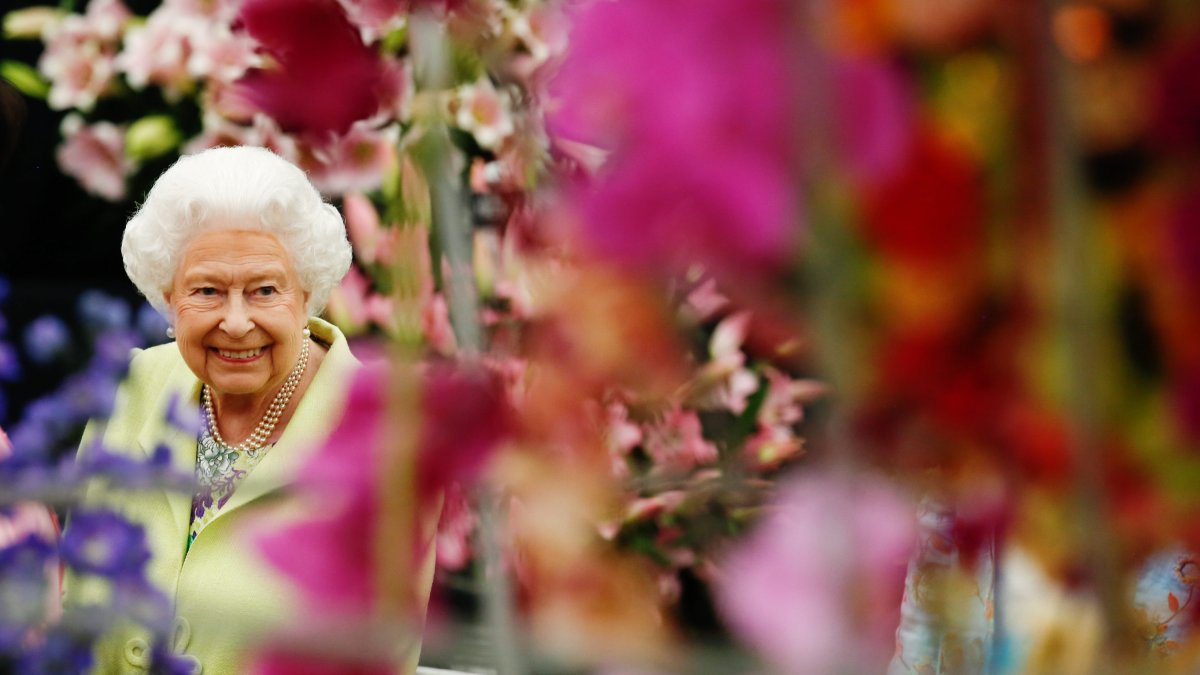
Cordon Press.
The Queen of England, Elizabeth II, has died at the age of 96.
In her final hours, the Queen was under medical supervision after doctors warned about her state of health. In a statement, Buckingham Palace said that doctors recommended that the Queen stay at Balmoral Castle (Scotland) to rest.
Shortly before the statement from Buckingham, the new British Prime Minister Liz Truss expressed her concern about the Queen's health. For the first time in her 70-year reign, Elizabeth II did not travel to London on Wednesday for the appointment of a prime minister. Truss went to Balmoral on Tuesday to receive the royal mandate.
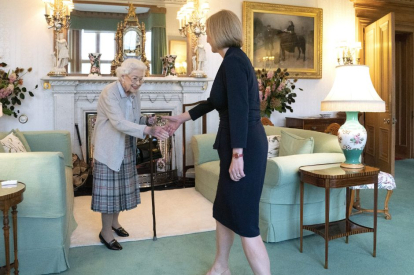
Isabel II and Liz Truss
70 years on the throne of England
The 96-year-old Queen celebrated her platinum jubilee earlier this year. The United Kingdom commemorated 70 years since the accession of Elizabeth II to the throne following the death of her father, King George VI, on February 6, 1952. She was the sixth woman to occupy the British throne and the longest reigning monarch. In September 2015, she surpassed her great-great-grandmother's record, Queen Victoria, who reigned for 63 years and seven months.
Elizabeth II was born in London (England) on April 21, 1926. She was the eldest daughter of the then Duke and Duchess of York (who later became King George VI and Queen Elizabeth). Her father ascended to the throne in 1936 after the abdication of her brother Edward VIII. Her public duties began during World War II when she served in the Auxiliary Territorial Service, the women's branch of the British Army at the time.
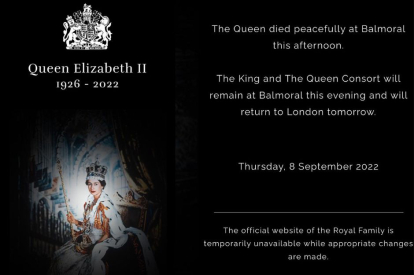
_________________________________________-2
When her father died in 1952, she became head of the Commonwealth of Nations and Queen of the seven independent countries belonging to it: United Kingdom, Canada, Australia, New Zealand, South Africa, Pakistan and Ceylon. Between 1956 and 2021, half of its kingdoms, including South Africa, Pakistan, Ceylon (later renamed Sri Lanka) and Barbados, gained independence and became republics.
Until her death, she was the British monarch in addition to sovereignty of fourteen other independent states that are part of the Commonwealth of Nations: United Kingdom, Canada, Australia, New Zealand, Jamaica, Bahamas, Grenada, Papua New Guinea, Solomon Islands, Tuvalu, St. Lucia, St. Vincent and the Grenadines, Belize, Antigua and Barbuda, and St. Kitts and Nevis.
Elizabeth II obtained various titles throughout her life: first as daughter and granddaughter of monarchs, then by marriage (as Duchess of Edinburgh or Countess of Merioneth) and finally as queen. She officially had a different title in each of her kingdoms. Thus, she was Queen of Canada and Queen of Australia as well as the supreme governor of the Church of England.
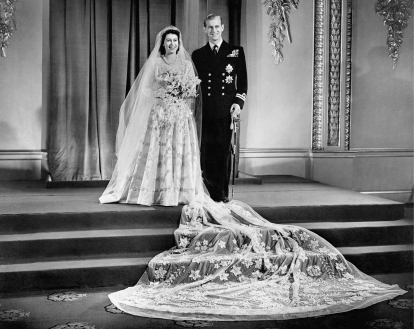
Queen Elizabeth II death
Family and succession
In 1947 she married Prince Philip of Greece and Denmark, with whom she had four children: Charles, Anne, Andrew and Edward. On April 9, 2021, her husband, Prince Philip (made Duke of Edinburgh), died two months short of his 100th birthday. The couple was married for more than 74 years.
Elizabeth II's son, Charles (Prince of Wales) is the first in the line of succession. He is followed by Charles' first-born son, Prince William, and his children (George, Charlotte and Louis). The sixth place for the succession to the British royal throne goes to Prince Henry, Duke of Sussex.














